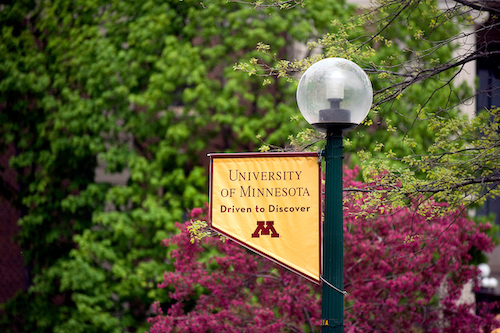
AHOD2131, A Randomized Phase 3 Interim Response Adapted Trial Comparing Standard Therapy with Immuno-oncology Therapy for Children and Adults with Newly Diagnosed Stage I and II Classic Hodgkin Lymphoma

This phase III trial studies brentuximab vedotin and combination chemotherapy to see how well they work compared to combination chemotherapy alone in treating children and young adults with stage IIB with bulk, stage IIIB, IVA, or IVB Hodgkin lymphoma. Combinations of biological substances in brentuximab vedotin may be able to carry cancer-killing substances directly to Hodgkin lymphoma cells. Chemotherapy drugs, such as doxorubicin hydrochloride, bleomycin sulfate, vincristine sulfate, etoposide, prednisone, and cyclophosphamide, work in different ways to stop the growth of cancer cells, either by killing the cells, by stopping them from dividing, or by stopping them from spreading. It is not yet known if combination chemotherapy is more effective with or without brentuximab vedotin in treating children with high-risk Hodgkin lymphoma.
• 5 to 60 years old
• newly diagnosed untreated confirmed Hodgkin lymphoma
• see link to clinicaltrials.gov for complete inclusion and exclusion criteria
• patients with nodular lymphocyte predominant Hodgkin lymphoma
• patients with a history of active interstitial pneumonitis or interstitial lung disease
• administration of prior chemotherapy, radiation, or antibody-based treatment for classic Hodgkin Lymphoma (cHL)
• prior solid organ transplant
• prior allogeneic stem cell transplantation
• women who are pregnant or breast feeding
Cancer
cHL, Hodgkin Lymphoma, Hodgkin's, Lymphoma